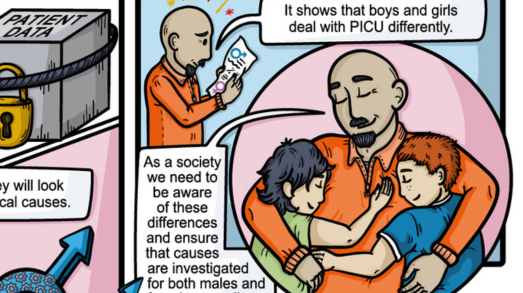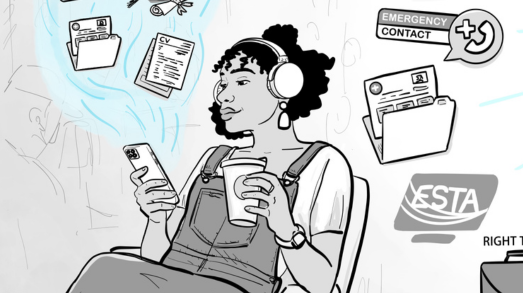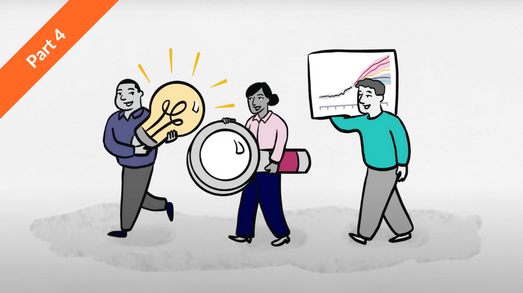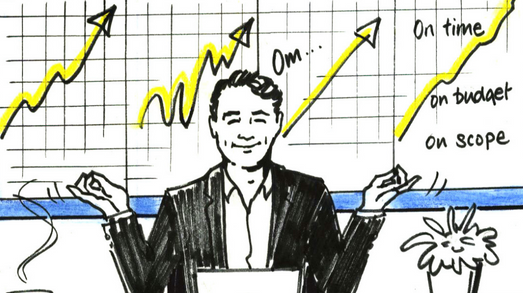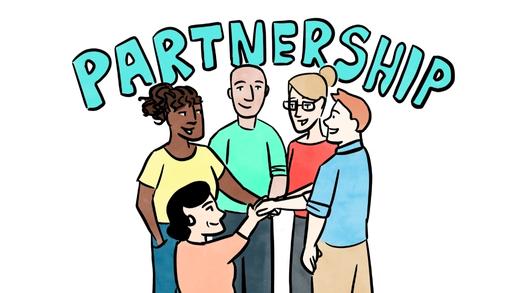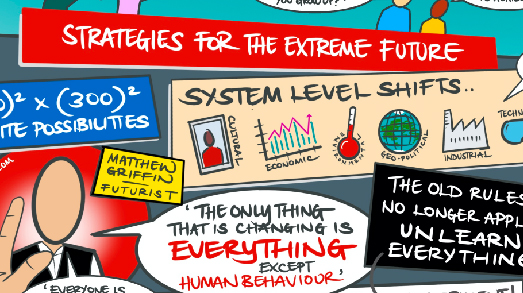It’s been a long time. Entire workforces have been Zooming, typing and calling from home for over a year. Our need for human connection has also been verified in our (unhelpful) weekly iPhone updates – “Today you spent 7 hours staring at the screen, desperate to distract yourself from the numbing reality of physical isolation…” Thanks. You don’t know about the other 5 laptop calls this afternoon, Apple.
What has struck me, as a specialist in ‘graphic recording’, is the type of connections at work that we have missed that are actually to do with how we work and make business decisions. Yes, we have all realised that mundane chat around the coffee machine is actually a bedrock of social connection that a lot of us need. But beyond that, the way we interact in our meetings and use of visual cues to help us reach important decisions has quietly shifted. I have sat in so many meetings where speakers, eager to make their point, have reached automatically for a note pad, or whiteboard marker, and scribbled their meaning out for all to see. From my experience, there is generally a lightbulb moment (hence our Inky Thinking logo), where teams realise what their enthusiastic colleague is trying to portray. This natural visual communication has largely been replaced in the pandemic by over-worded pdf documents. Unlike words, an image hangs in the room and mind, a safety point to return to for explanation. I have long been amused at how, pre-covid, in some of the most advanced tech companies in the world, the paper clipboard stand and a bunch of pens in the meeting room remained a valuable asset to the working day. Think how many times have you grabbed a napkin, or your iPhone, to try and draw or scribble down an idea or concept in an effort to explain it at the dining table. We live beyond words, in a visual world.
Anecdotally, friends in differing industries have told of how disconnected they feel from their work teams when working from home during the pandemic, despite putting in a daily 8 hours of video calls. Conversations have gone around in circles, screens have gone black, and voices self-muted. It is hardly surprising. Staring at the same 5 colleagues (or their black screen), and the latest PowerPoint report populated with the same series of templates, hardly differentiates one month from the next. Stephanie Burns writes for Forbes that fatigued WFH teams should ‘try…fun and creative ideas to shake up your routine.’
We need visual creativity in our work-day more than ever. Approximately 65% of people are visual learners. This is where my passion for graphic recording comes in. Whatever you want to call it – meeting graphics, visual facilitation, live illustration, graphic facilitation, it has the power to light up a virtual room of bored colleagues and bring them back into the conversation.
Clear and vibrant communication through graphic recording
Graphic recording is essentially a process where a trained artist, who also has a strong understanding of the office world, visualises live what different people are trying to say. The resulting pieces of work are largely hand-drawn graphics interspersed with clear wording. These pieces clearly and vibrantly communicate concepts, changes, and plans, to groups of people on masse. In my experience pre-covid, whole office cohorts would gather around a piece of graphic recording whilst it was still being made to discuss points raised by the drawings, to take photographs, and to learn. There is a reason why our clients are so invested. Visual recordings of meetings bring the meetings to life. Speeches or opinions are not forgotten (unless you want them to be!) and are highlighted and reinforced through carefully chosen imagery. The impersonality of a computer font is replaced by a human’s hand drawn work – including when that work has been digitally drawn. As an agency, Inky Thinking had extensive experience of working visually online before the pandemic hit. Businesses needing to connect with colleagues across the globe used our digital artists with digital graphic skills to ‘live-draw’ meetings. As well as the fascination people of all roles would have with watching a human creation unfold, the visualisations were moments of connection, as employees saw their work or words highlighted and drawn, or finally understood a “bigger picture” in a companies’ aims. Above all, the work provoked discussion, and commitment to action, reinvigorating stale office spaces.
I speak as if this is in the past. It is not – we have worked with our clients throughout the pandemic to provide this level of connection through digital graphic recording. We have acted as the digital canvas to unscramble the visions in team’s minds. We have helped businesses to identify and display key needs and plans in ways that interest and help their employees. I have been told that people were ‘looking forward’ to a session of live drawing…when was the last time you looked forward to an online meeting?
This is a call to businesses and team leaders who have not yet utilised the power of visual thinking and visual communication, especially when working from home. Imagine your meeting, with everything you want you and your team to say, turned into imagery and text that comes alive by telling your story. Instead of a painful compilation of email threads, everything important is put visually into one place. Creating graphics digitally also means wider possibilities of editing, adding or removing parts of a graphic later down the line, or co-joining different images together to aid understanding. Instead of programming a computer, another mind collates and edits the information according to your wishes. After so long without our colleagues, we can at least bring our minds together through a more human connection.
Make a call to Inky Thinking to find out how graphic recording will add value to your next meeting.
Sources:


